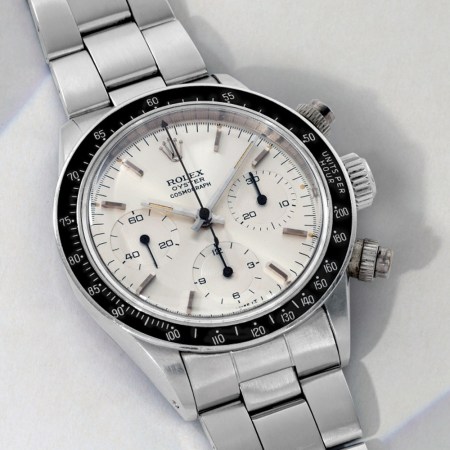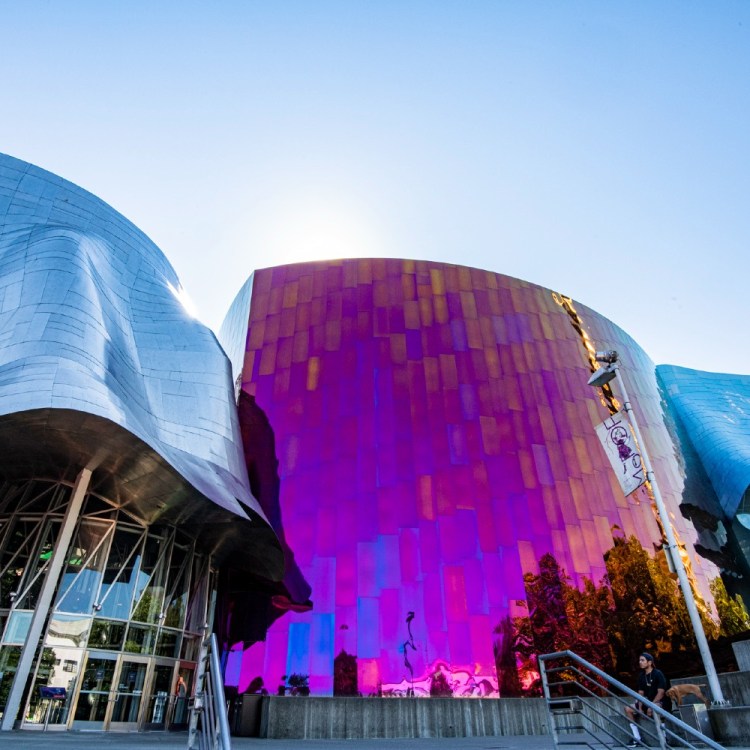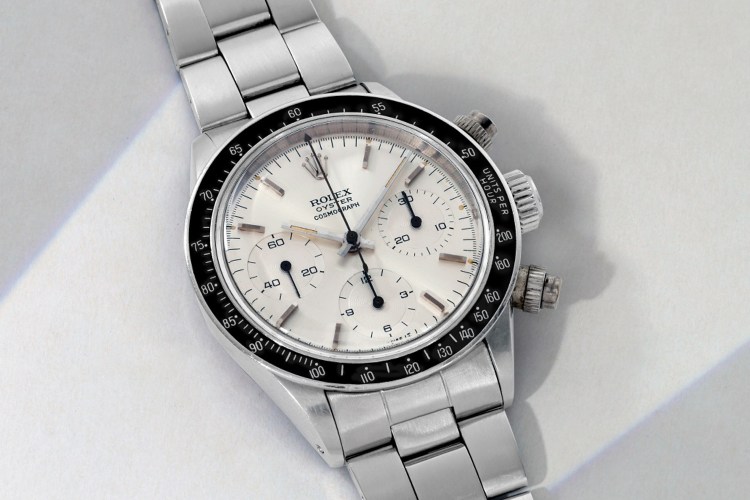Chile’s Atacama Desert is one of the driest places on earth. But in early 2015, a freak rainstorm hit in March and Dirk Schulze-Makuch, an astrobiologist at the Technical University of Berlin, was lucky enough to be there when it hit. It gave the team a unique opportunity to study what happens when the Atacama’s hyperarid regions finally get water. The humid parts of the Atacama actually grow a beautiful carpet of flowers after a rare rainstorm, and the hyperarid sections stay barren to the eye. “It’s difficult to describe. It’s nearly a different planet. It’s kind of lifeless,” said Schulze-Makuch to The Atlantic. But his team found that microbial life does bloom even in the hyperarid regions after rain when they returned in 2016, and then again in 2017. During those return trips, they found that microbial life diminished but was seemingly still active. Scientists have found DNA of microbes in the Atacama before. But it is unclear if they live in the Atacama permanently or if they are carried in by desert gusts. A new paper strongly suggests that the microbes can survive in the desert soil. There is still a lot unknown — if they are still active in dry periods, how are they able do it? — but Schulze-Makuch is leaving for another expedition in the Atacama in March to keep researching.
Thanks for reading InsideHook. Sign up for our daily newsletter and be in the know.


















